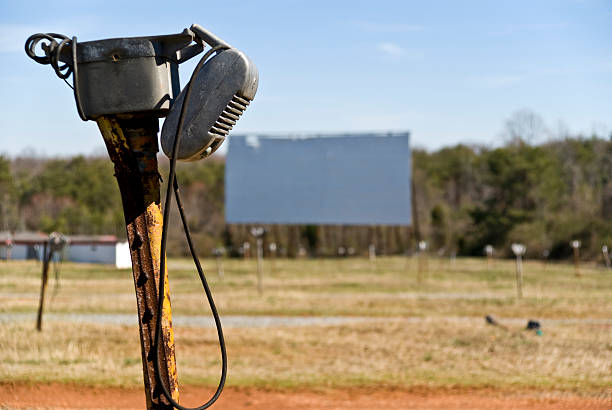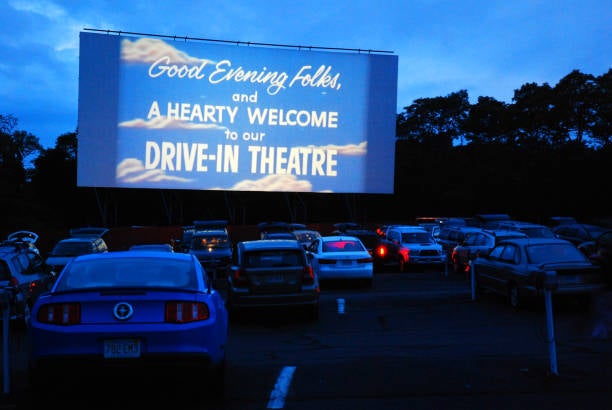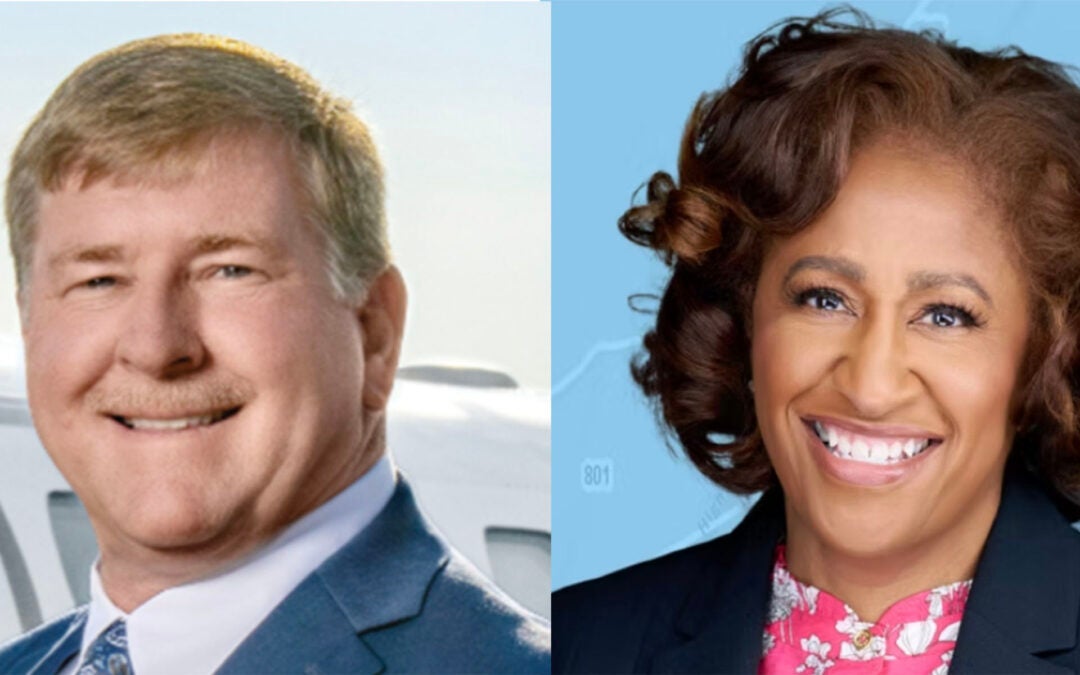“Every time I have a date there’s only one place to go That’s to the drive in, It’s such a groovy place to talk and maybe watch a show, Down at the drive in” – The Beach Boys
These days, some people may look back at drive-in theaters as a quaint mid-20th century fad that went the way of bell-bottoms and teen towns, but there was far more to the popular gathering places than just the place where many of us saw Jaws for the first time.
The outdoor atmosphere seemed to make Jaws that much scarier.
The truth is, though, drive-ins were less a fad as they were a unique cultural experience that could really only happen in America. While few in numbers, drive-ins still exist today, even one that is close by, hiding out in South Carolina.
Movies such as “Christine” and “Grease” include drive-ins as settings in pivotal scenes that do not seem to be dated today, and even the Beach Boys released a hit song paying tribute to a favorite place for teens and families on the weekends.
In fact, according to the New York Film Academy (NYFA), the reason there are fewer outdoor movie entertainment spots has little to nothing to do with an ebb in popularity. In fact, those that remain continue to enjoy crowded lots of popcorn munchers on the weekends.
The pairing of cars and motion pictures can be traced back to the beginnings of both, with some form of large screen erected in a farmer’s field as advertisements appeared in the newspapers as early as 1910.
Richard Hollingshead, a New Jersey native was a bit of a “mama’s boy,” and he loved to take his mama to the movies or to theater shows, but, apparently, Mother Hollingshead was a rather large woman and had trouble fitting in the theater’s seats.
Hollingshead, according to the NYFA, set up an outdoor venue that would allow for people to pull up in their cars, place a small speaker on the door and watch a flick from the comfort of the front seat of the family Buick. In those days, the car became an entertainment locale in itself, with fast food restaurants popping up along with the “carhop.”
Before long, Hollingshead’s little field was filled with cars and so he rushed down to the patent office and began to expand.
In 1949, with World War II in the rear view mirror, young families were looking for some entertainment outside of the home and going to a drive-in meant they could avoid the expense of a babysitter.
“The whole family is welcome, regardless of how noisy the children are,” Hollingsworth advertised on radio and newspapers and the drive-in theater concept began to spread across the nation.

It was during the late 1950s through the 1960s that the drive-in became a cultural hub of activities. Teenagers would be known to try and slip in a trunk full of friends and the drive-in became the “see and be seen” for the younger crowd.
Of course, some baby boomers would admit they were probably conceived in the far end of the lot while “Charade” played on the screen.
In Augusta, the hilly areas of Wrightsboro Road were the perfect spot and, for a couple of decades, the Skyview and Timmerman’s sat next to Daniel Field, not far from the Forest Hills Drive-In. Further down Wrightsboro Road, where the Walmart is now, was the Bon Air Drive-In that served movie goers until it closed in the early 1970s.
While drive-ins did have their limitations with weather being a constant factor, it was not necessarily a waning of enthusiasm that ended up closing down the theaters, but the need for the space for more profitable ventures.
As suburbs continued to sprawl, land owners preferred to erect strip malls and most drive-ins simply turned into parking lots.
Some drive-ins have survived and the Monetta Drive-In, better known as the “Big Mo,” is only about an hour away from Augusta. The Big Mo has operated three screens seasonally since 1951 and continues to draw a lot full of cars.
…And that is something you may not have known.
Scott Hudson is the Senior Investigative Reporter, Editorial Page Editor and weekly columnist for The Augusta Press. Reach him at scott@theaugustapress.com











